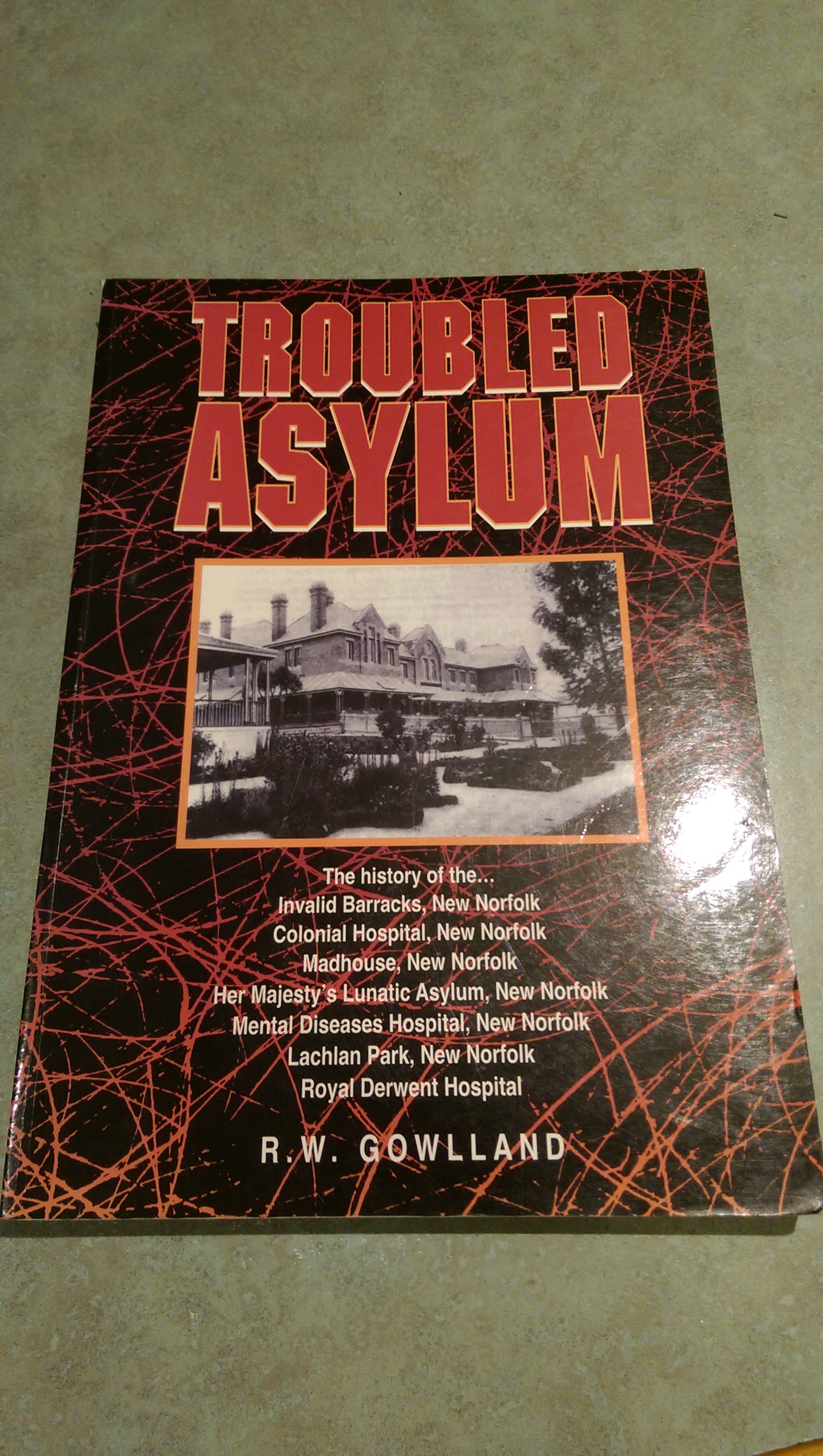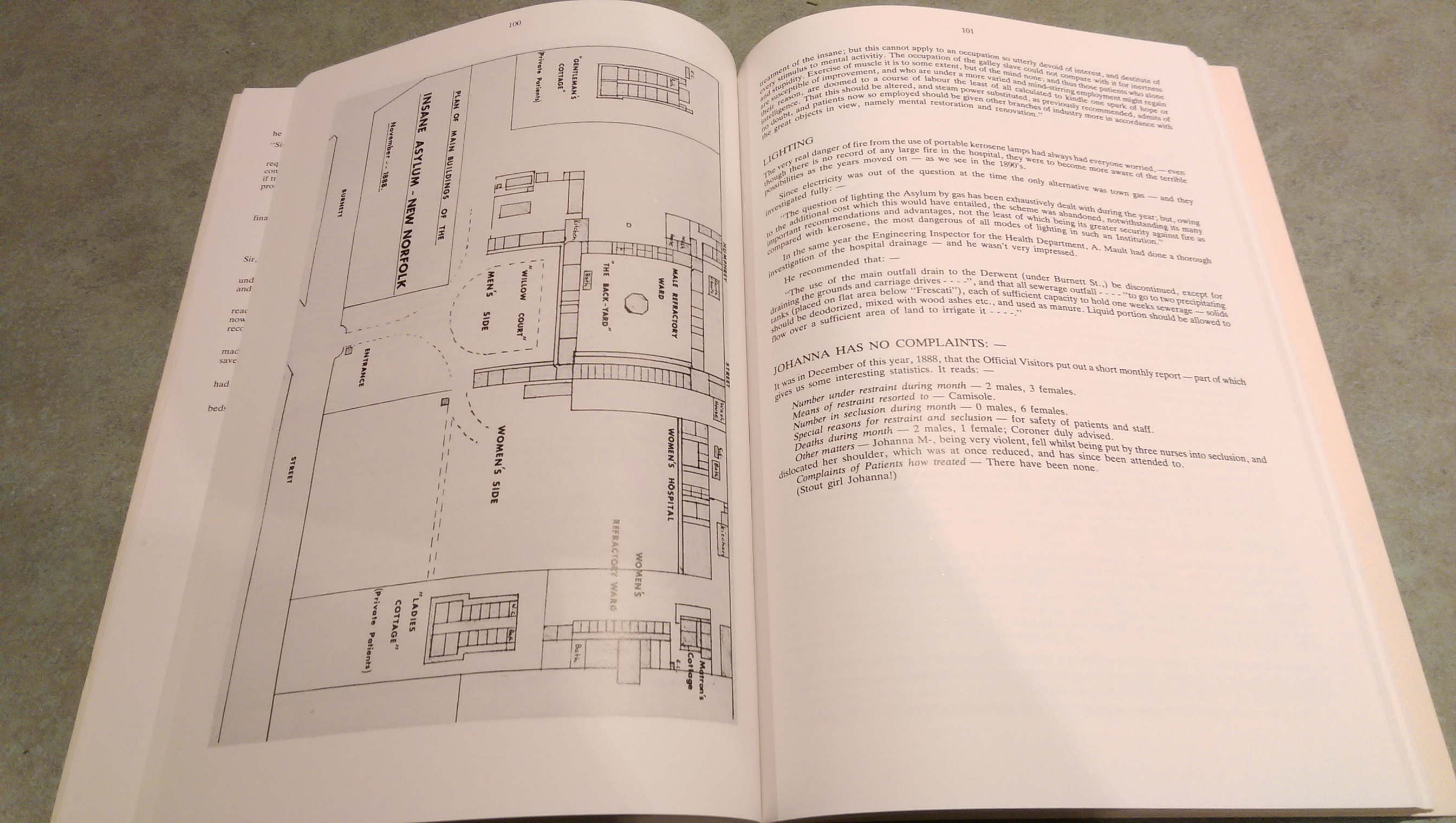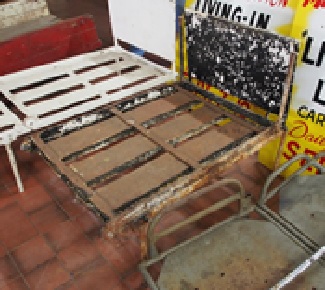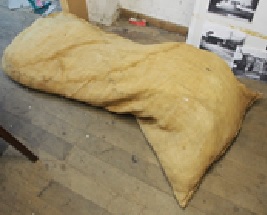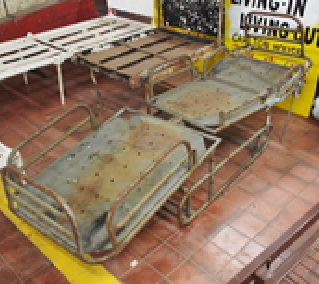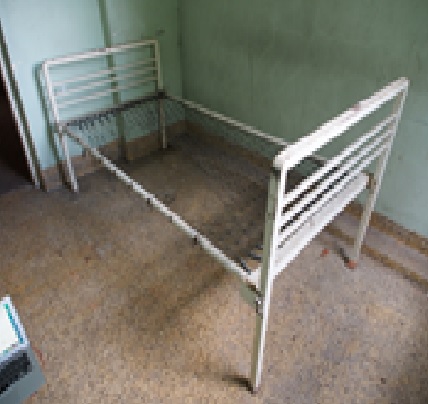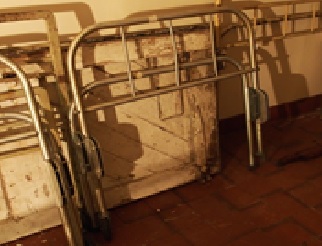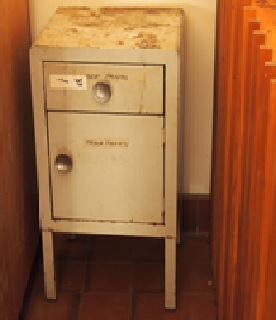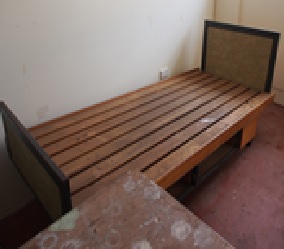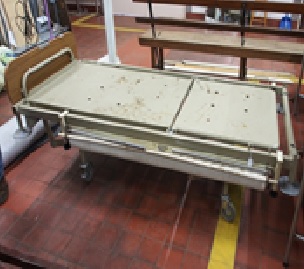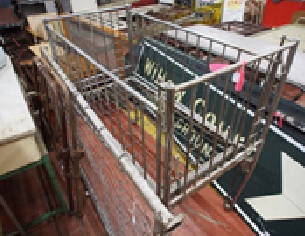This book isn’t that rare, but the stamp, “WILLOW COURT PARENTS & FRIENDS ASSOCIATION” on the front cover makes it rare.
RETURN TO THE COMMUNITY, THE PROCESS OF CLOSING AN INSTITUTION was a published book from a case study on how to close an institution and return those who were residents to their community.
Published in 1987 in Canada, the book documents the closing of Tranquille, which institutionalised people with intellectual disability.
The follow text explains the complex context that all institutions started the closure process and Willow Court was no exception as evident by the presence of this book and another copy that was used by the Management.
The book is available by clicking on the image below.
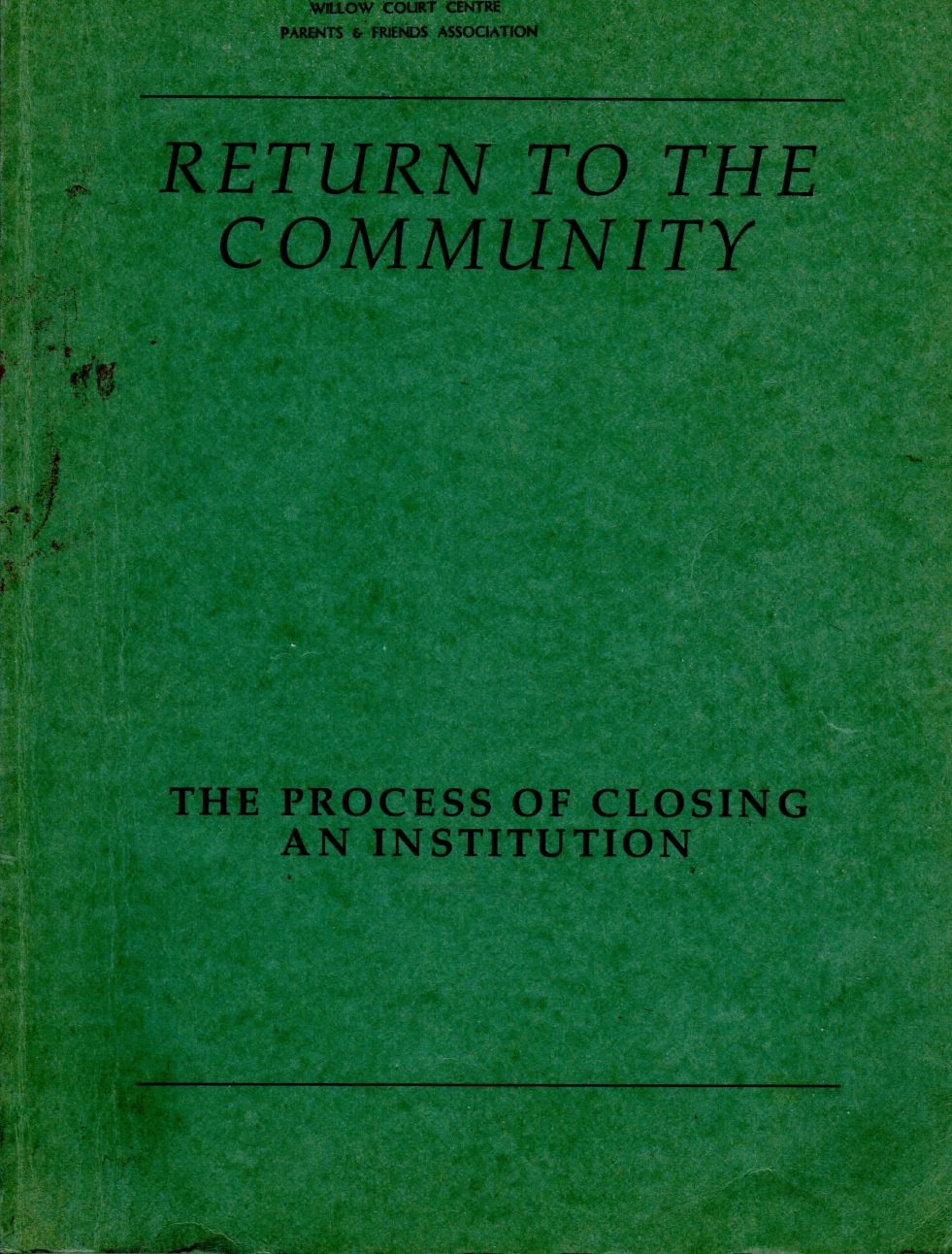
Closing an institution for people with disabilities must be seen in the context of several interrelated social trends.
• During the 1970s and 1980s the disability field in Canada has literally seen an explosion in emphasis on human rights. People with disabilities are increasingly seen as a significant minority group who have been marginalized in almost every area of life. The International Year of Disabled Persons and the Canadian Charter of Rights proclaimed in 1982 raised awareness about the discrimination faced by people with handicaps. Rights activists have also advocated for more institutional closures and community living alternatives (Day, 1985; Savage, 1985).
• Since Goffman’s (1961) classic work on the total institution twenty-five years ago, numerous critiques of institutions and ‘back wards’ have been vividly presented (Blatt, 1970; Rivera, 1973; Rothman, 1981; Wolfensberger, 1975.) This body of work has raised awareness about the limits of the asylum, including the fact that institutions labour under too many conflicting models of service. This knowledge is widely used by citizens demanding community options to institutionalization.
• Normalization and community living increasingly became accepted as the guiding ideology for services for people with handicaps. These principles have emphasized the value of people with disabilities having ordinary life experiences (Wolfensberger,1973). Proponents of normalization have been very critical of institutions and have strongly supported community integration and participation (Perske, 1980; Ri.chler, 1981).
• In the last decade, research and planning efforts associated with deinstitutionalization in the United States and Canada have produced a wide range of reports and understandings. By 1983, there was a growing sense that we knew how to effectively implement deinstitutionalization by redesigning community service systems (Provencal, 1980; McWhorter and Kappel, 1983).
• The era of fiscal restraint that swept over British Columbia and other parts of Canada in the early 1980s seemed to be a further impetus to accelerate the deinstitutionalization process. Capital and operating expenditures for total institutions were enormous and, increasingly, governments, and advocates saw the economic benefits of community living (Canadian Council on Social Development, 1985; Copeland, 1982).
These trends have encouraged widespread interest in closing institutions
and in related policy initiatives.
